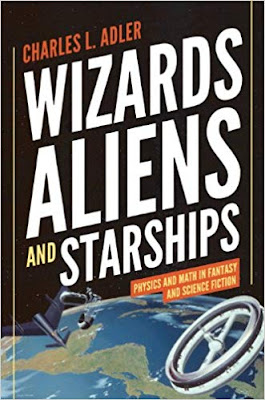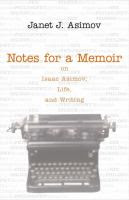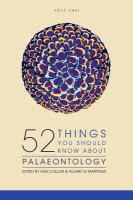Publisher: University of Chicago Press
Copyright: 2017
ISBN: 9780226444185
This book is a detailed and fascinating account of the experiments undertaken to determine if it was domesticate the silver fox in Russia, in the early to mid 20th century, under the guidance of the Russian geneticist Dimitri Belyaev and Lyudmila Trut.
It also details a lot of the political intrigue that had to be dealt with in the early years due to the way the communist system at the time worked, or rather didn't work due to the overbearing hatred of genetics and science in general by Stalin and Trofim Lysenko. Luckily for science shortly after Nikita Kruschiev came to power in 1953, Lysenko was sacked.
Due to Lysenko’s influence / over bearing hatred of science the experiments had to be disguised as breeding experiments to increase the fox population for the production of furs.
When the news got out of what they were really doing and the fantastic benefits to science that they were discovering the entire scientific community got behind the project.
The fox farm project continues to this day, and the advances and discoveries they have made continue to astound those in the field of animal research.
This book would be a great read for anybody who is interested in seeing how science actually works, and some of the pitfalls they have to deal with.
Highly recommended.





















